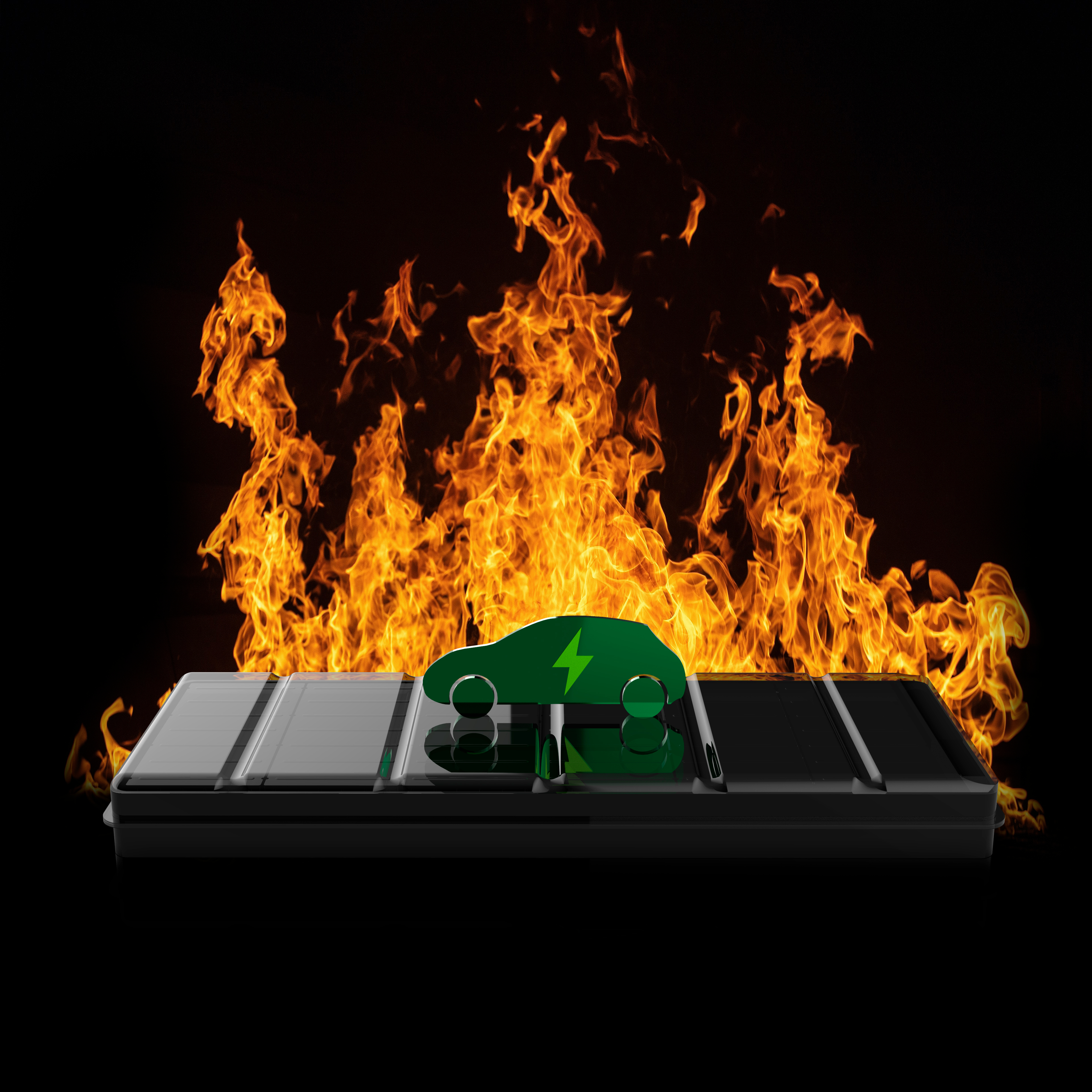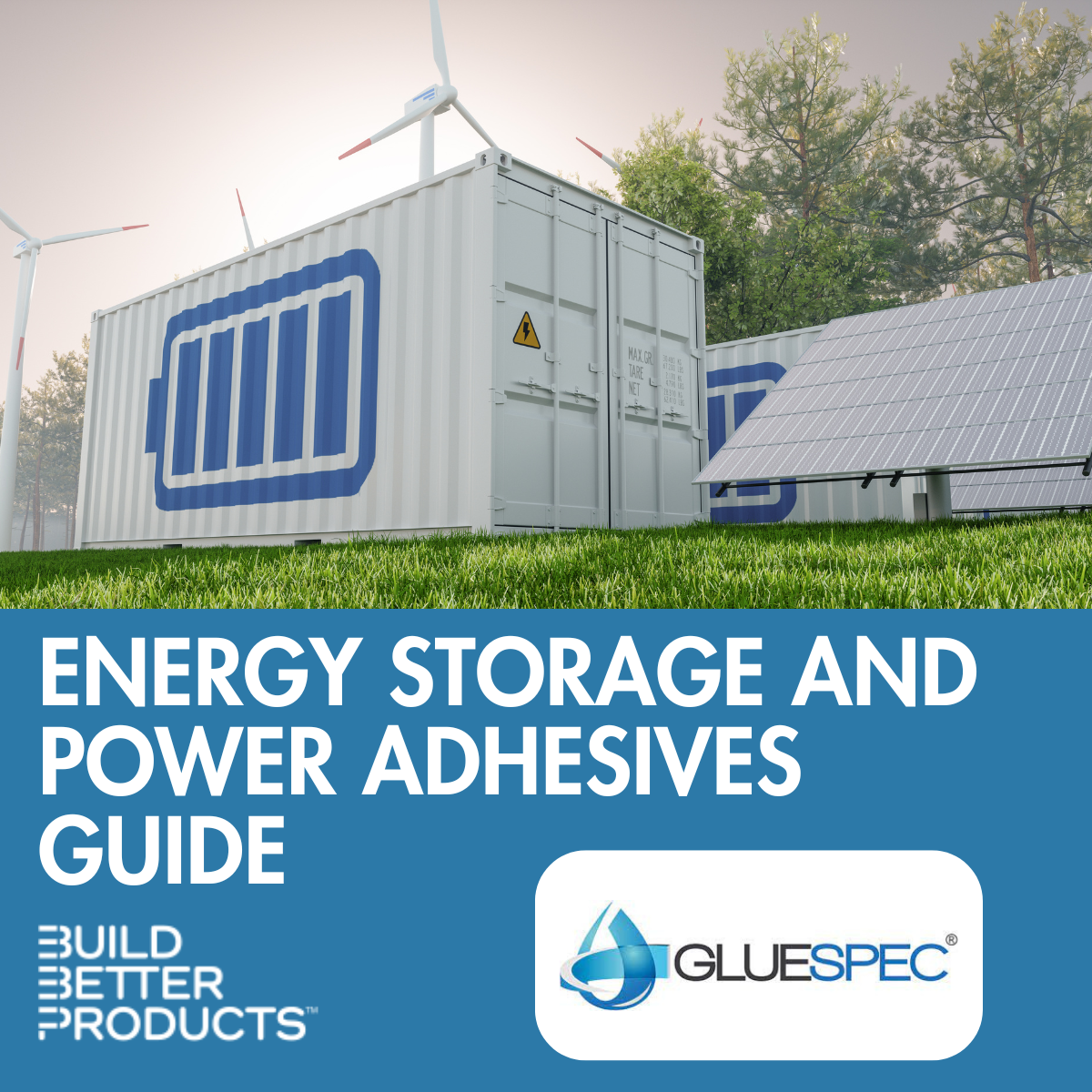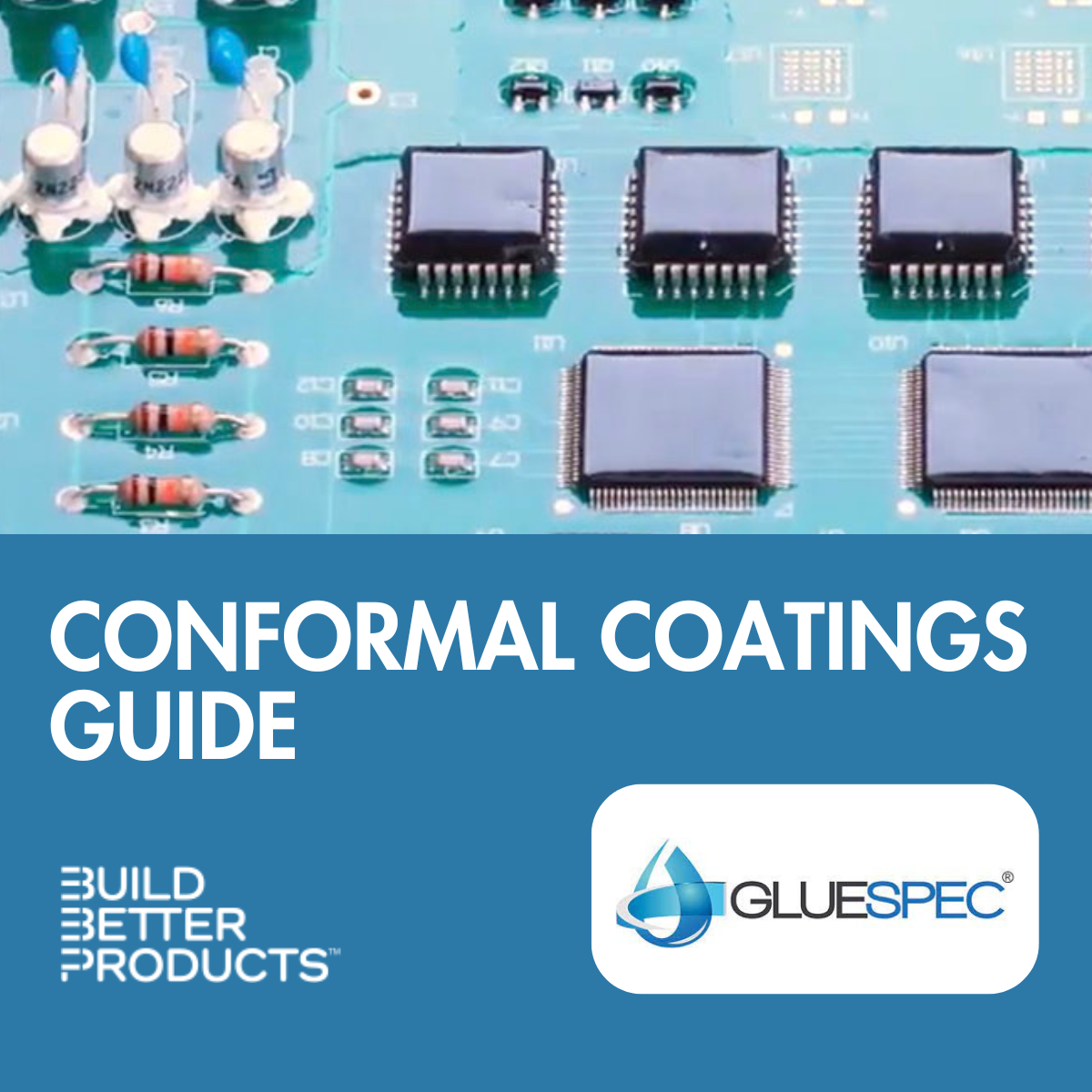
Spec Engine® Search Results
Materials Showing 5 results out of 74Showing 10 results out of 74
Dowsil EG-3000 Thixotropic Gel
Silastic 3-8186 Thixotropic Foam
Dowsil 3-6265 Thixotropic Adhesive
Loctite HF 212
Sylgard 535 Thixotropic Dielectric Gel
Loctite GC 10
EccoBond 285
PX628FF
HM118
Catalog Pages Showing 6 results out of 12Showing 12 results out of 12
Advanced Search - Grid Showing 10 results out of 74
| Thixotropic | Shelf Life Details | Chemical Resistance | Application Type | 1 Part or 2 Part | Material Form | |
|---|---|---|---|---|---|---|
|
Thixotropic |
Storage conditions and shelf life (“Use By” date) are indicated on the product label. |
|
Seal |
2-Part |
Gel |
|
|
Thixotropic |
When stored at or below 32°C (90°F), SILASTIC 3-8186 Thixotropic Foam has a shelf life of 8 months from the date of manufacture. |
|
Seal |
2-Part |
Foam |
|
|
Thixotropic |
Refer to product label for storage temperature conditions. Containers should be kept tightly closed and kept in cold storage at all times to extend shelf life. The product should be stored in its original packaging with the cover tightly attached to avoid any contamination. Store in accordance with any special instructions listed on the product label. The product should be used by its Use Before date as indicated on the product label. ,Shelf life is indicated by the “Use Before” date found on the product label. For best results, Dow Corning RTV adhesives should be stored at or below 25°C (77°F). Special precautions must be taken to prevent moisture from contacting these materials. Containers should be kept tightly closed with head or air space minimized. Partially filled containers should be purged with dry air or other gases, such as nitrogen. |
|
Attaching base plates gasket ,Bond ,Seal |
1-Part |
Liquid |
|
|
0.5, Malcom Thixotropic Index , Based on T3 powder, Solder Paste ,0.5, Malcom Thixotropic Index, Based on T4 powder, Solder Paste ,0.5, Malcom Thixotropic Index, Based on Type 4.5 powder, Solder Paste ,0.5, Thixotropic Index, Based on Type 5 powder, Solder Paste |
183 days, stored in original containers @ 0 to 10°C. |
|
Soldering |
1-Part |
Paste |
|
|
Thixotropic |
Storage conditions and shelf life (“Use By” date) are indicated on the product label. |
Resistance to fuels ,Resistance to some solvents |
Seal |
1-Part |
Gel |
|
|
0.48,Malcom Thixotropic Index, Base on T5 Powder ,0.5, Malcom Thixotropic Index, Based on T4 powder ,0.52, Malcom Thixotropic Index, Based on T3 powder |
Provided that LOCTITE GC 10 is stored in the original container, a minimum shelf life of 365 days at 5 to 25°C or 31 days at 40°C can be expected.;Air shipment is recommended to minimise the time the containers are exposed to higher temperatures. ,Provided that LOCTITE GC 10 is stored in the original container, a minimum shelf life of 365 days at 5 to 25°C or 31 days at 40°C can be expected.;Air shipment is recommended to minimise the time the containers are exposed to higher temperatures. |
|
Pb-free solder paste |
1-Part |
Solder Paste |
|
|
Thixotropic |
The shelf life of ECCOBOND 285 is 12 months at 25°C. For best results, store in original, tightly covered containers. Storage in cool, clean and dry areas is recommended. Usable shelf life may vary depending on method of application and storage conditions.;Certain resins and hardeners are prone to crystallization. If crystallization does occur, warm the contents of the shipping container to 50-60°C until all crystals have dissolved. Be sure the shipping container is loosely covered during the warming stage to prevent any pressure build-up. Allow contents to cool to room temperature before continuing. |
Good |
Bond |
2-Part |
Thixotropic Paste |
|
|
5-15 (mm) ,Semi Thixotropic ,Thixotropic |
24 months at 25 °C Specialty packaging may be less.; Many epoxy resin systems are prone to crystallization as epoxy resin is a super-cooled fluid. This condition may give the product a gritty or grainy appearance (or hazy in clear products). Products in this state will not usually cure to normal and expected properties. In extreme cases it may appear solid and cured. Fluctuating temperatures (within 5 to 50 °C) aggravate this phenomenon. Heating the individual component to 50 to 60 °C while stirring can usually restore products to original state. Storage at 25 +/- 10 °C is optimum for most products; Some epoxy systems are prone to settling due to high filler content and should be inverted every two to three weeks to reduce the accumulation of the fillers on the bottom of the containers.; Inventory should be rotated on a FIFO (first in, first out) basis. |
|
Bonding |
2-Part |
Liquid |
|
|
3.0, Thixotropic Index ,Thixotropic |
|
|
Bond |
2-Part |
Paste |
|
|
Thixotropic |
|
Butyl alcohol ,Ethylene glycol ,Excellent ,Hydrocarbon test fluid ,JP4-jet fuel ,JP5-jet fuel ,Toluene ,Water Resistance |
Seal ,Threadlock |
1-Part |
Liquid |
Articles 5 Results
Fireproofing EV Batteries
Typically, the gap fillers for EV batteries are applied through pumping. Because these TIMs are highly abrasive, however, they can cause dispensing equipment to wear prematurely. Their low viscosity can also result in uneven distribution across non-planar surfaces. Today, gap-filling solutions include two-part thixotropic fluids where silicone is mixed with special thermally-conductive ceramics. Because these fluids are thixotropic, they improve coverage and can have higher adhesive bond-line thickness.
Read More...Glob Top Encapsulation
Glob tops are usually epoxies that are dispensed to cover a single chip in chip-on- board (COB) applications. They are most frequently used to encapsulate wire-bonded dies, since the wires bonds often need physical strengthening provided by epoxy, and other methods like conformal coatings or underfilling don't provide the same protection. Glob-top epoxies are thixotropic, meaning their viscosity is variable - becoming less viscous under physical agitation and more viscous under static conditions. They provide "controlled flow" - self-leveling without running over the applied area.
Read More...Energy Storage and Power Adhesives Guide
Gluespec's Energy Storage and Power Adhesives Guide explains what design engineers need to know about selecting adhesives for battery systems (battery cells, modules, and packs), power supplies, and solar energy and wind energy applications.
Read More...Potting and Encapsulating Materials
Gluespec's Potting and Encapsulating Materials Guide explains what design engineers need to know about selecting pottants and encapsulants. These protective liquids and gels are poured over printed circuit boards (PCBs) and their components and then cured. Pottants and encapsulants provide excellent protection against moisture, dust, shock, vibration, heat, electrical discharges, and other hazards that can cause electronics to fail.
Read More...Conformal Coatings Guide
Gluespec's Conformal Coatings Guide explains what design engineers need to know about selecting conformal coatings for printed circuit boards (PCBs). These products are designed to conform to the shape of the PCB and its electronic components. By protecting solder joints, component leads, exposed traces, and other metalized areas, conformal coatings help to extend the life of electronics.
Read More...













